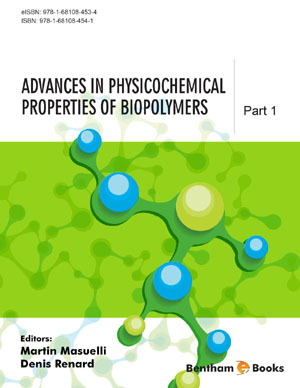Abstract
While the structures of many proteins and nucleic acids are known and available in the Protein Data Bank, the folding and active sites of many fundamental macromolecules are yet to be elucidated. However, structure determination is only a small part of the story; to fully understand the diversity of functions that macromolecules have in living systems, interactions have also to be considered. Most drugs interact with macromolecular targets and the understanding of ligandmacromolecular recognition is fundamental in medicinal chemistry either from a purely structural viewpoint or by considering other important effects such as: ligand and binding site dynamics, distortion energies, solvent interactions and entropy. This chapter provides a comprehensive view on the several methods that are nowadays used to obtain structural information about macromolecules and their interactions with small ligands. The methods presented encompass different levels of characterization, either coarse information about the 3D shape or detailed structural data at the atomic level. Furthermore, relevance is given to the structural characterization of ligand binding events, either from the ligand or from the macromolecule viewpoint. Some experimental details behind X-ray crystallography, Nuclear Magnetic Resonance (NMR) and Small Angle X-ray Scattering (SAXS) are described, with examples and applications. An overview on Cryo-Electron Microscopy (CryoEM) is also presented. These are common state-of-the-art tools that truly complement each other and should be used in an integrative way.
Keywords: Cryo-EM, Drug design, Macromolecular structure, NMR, Proteinligand interactions, SAXS, X-ray crystallography.

















